Artist-Led Tour of "ENCORE" Photo Exhibit w/ Mark S. Kornbluth
Join photographer Mark S. Kornbluth for a visual exploration of NYC's Broadway theaters at Cavalier Galleries!


Over the last few weeks, we’ve been following the Sunflower Movement happening in Taiwan, a grassroots protest numbering into the hundreds of thousands, promulgated by the youth of Taiwan for more government transparency. Deeply rooted in the movement is the knowledge that democracy in Taiwan was hard-won. While the youth may not have lived through the horrors of the 2/28 Incident (also known as the White Terror), where 10,000-30,000 citizens were killed by the KMT party, they are keenly aware that their freedom of expression is at stake.
Not too far from the heart of the Sunflower Movement demonstrations on Ketagalan Boulevard is the Treasure Hill Artist Village, a former squatter community filled with artist residences and studios. Today, it’s an ecological sanctuary, historical site and art museum all at once, and merely one reflection of what has been creatively possible in Taiwan.
Behind Gongguan MRT station in Taipei, Taiwan, a cluster of grey houses and red brick walls appear to be clumsily stacked on top of each other like a house of cards. Entangled in the natural landscape, the little houses – dozens of them, some tall and narrow, some flat and wide – seem as if they’re frantically trying to escape from the vines and shrubbery engulfing them.
The concept is not as confusing as it seems. Taipei is not so much a sprawling metropolis with sporadic patches of green spaces like New York City. Despite also being a big city, Taipei is unusually blessed with a mountainous backdrop, so nature is integrated into the urban landscape more organically, sometimes even overwhelming it.
The opening of Treasure Hill Artist Village in 2010 coincided with the introduction of the municipal government’s beautification campaign. While Hong Kong, Shanghai and Seoul sprouted skyscrapers, in Taipei, dilapidated historical sites were revamped into eco-friendly creative parks like Huashan 1914, as well as artist villages. Treasure Hill Artist Village itself was once a squatter community that provided refuge for war veterans who fled from mainland China with the Chinese Nationalist Party (the Kuomintang) during the Civil War.
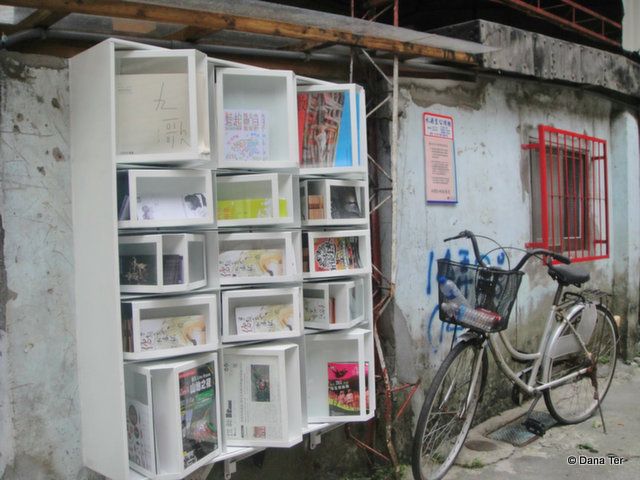
The “visitor center” before entering the residences and studios
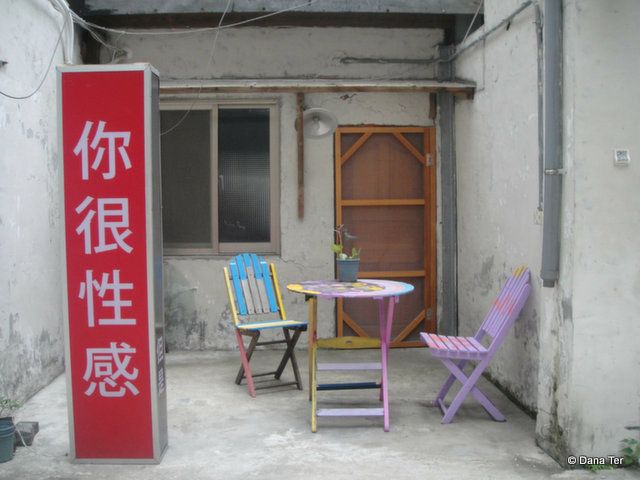
The sign outside of an artist’s residence greets visitors by telling them, “you are very sexy”
Today, artists from around the world are invited to apply for the Arts-in-Residence (AIR) program. The requirements are at least 3 years of professional experience, English or Mandarin proficiency, and a project proposal in line with Treasure Hill’s mission of historical and environmental preservation. Those accepted into the program will get to call this squatter’s quarters-turned-fairytale land their home for 8-12 weeks.
Interestingly, the beautification campaign also came hand in hand with a hipsterization movement, since public spaces like these provided ideal venues for indie concerts, photo shoots, gallery openings, farmers markets and anything artsy. In fact, Treasure Hill Artist Village lies in close proximity to the city’s most coveted alternative live indie music venue, The Wall, and concerts sometime trickle into the artist village. Such events and happenings keep the place modern and relevant while respecting the location’s historical significance, as well as its original architecture.
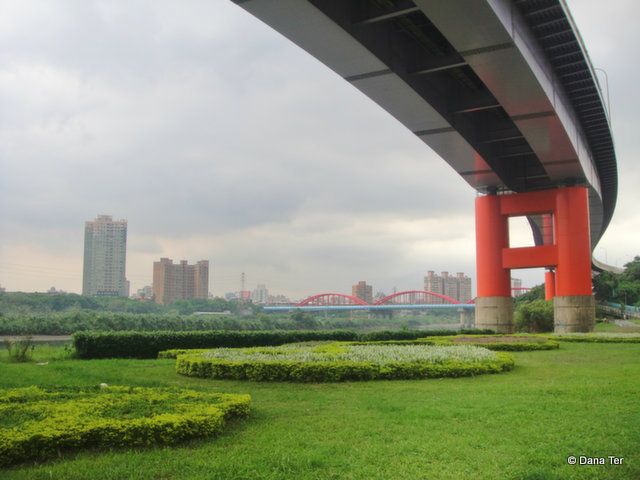
Yongfu Park which surrounds Treasure Hill Artist Village
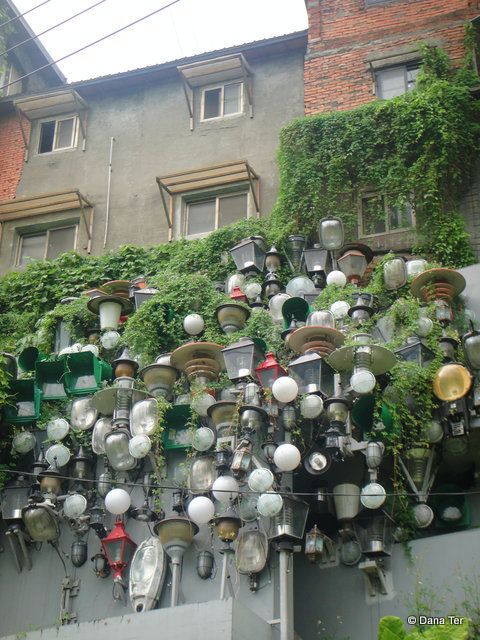
Lamps attached to walls
The history of the place helps to explain the rugged haphazardness of the architecture and the way in which the dwellings camouflage with the natural terrain. For the artists in residence, nature is their canvas – in one particular project, lamps are attached to the outer layer of the walls of houses and are laced with vines. From Dingzhou Road which leads up to Treasure Hill Artist Village to Yongfu Park and Xindian River on the other side, little traces of artwork dangling from trees can be found here and there like a trail of breadcrumbs leading to the main site.
The maze continues inside the dwellings. Sometimes the only way to get from one house to another is by ascending a set of narrow staircases. It’s confusing to navigate because the stairs may lead to rooftops instead. Resembling nothing like the prim and pristine rooftop gardens interspersed throughout New York City, these rooftops with as much cracks and moss as there is artwork, evoke the feeling of the air raid shelter that it once was.
Sites like Treasure Hill Artist Village where green space, public art and historical preservation intersect, have helped to redefine Taipei as a modern, creative city. Past, present and future truly coalesce on this hill.
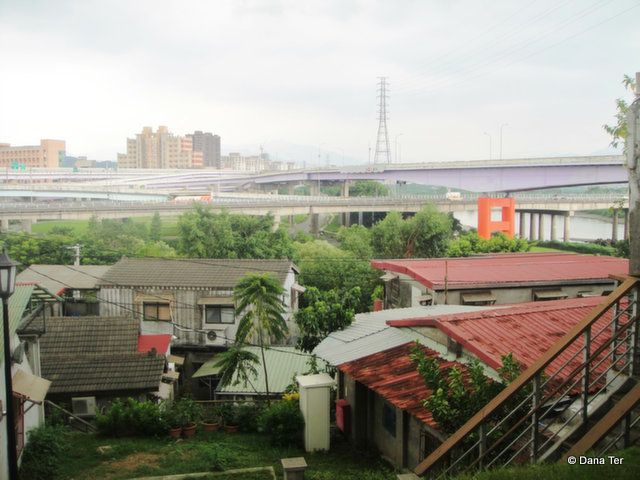
The view from a rooftop at Treasure Hill Artist Village
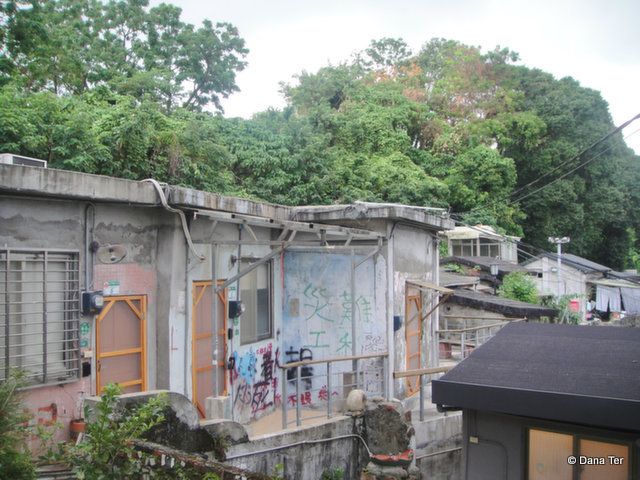
The “air raid shelter” feeling is still evident at Treasure Hill Artist Village
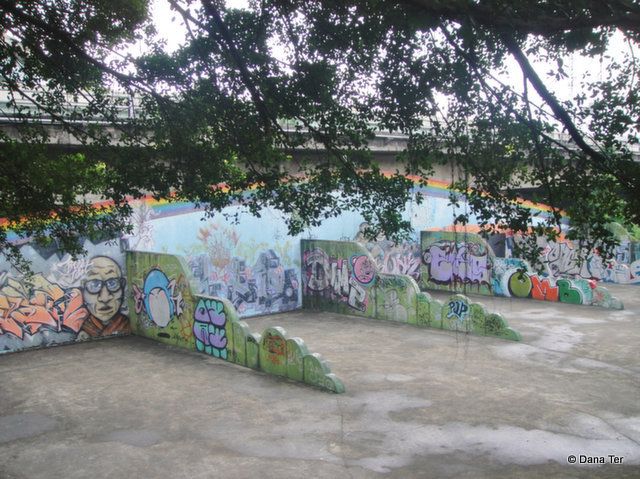
Nearby graffiti art
Read also about the urban rooftop gardening movement in Taipei.
Subscribe to our newsletter